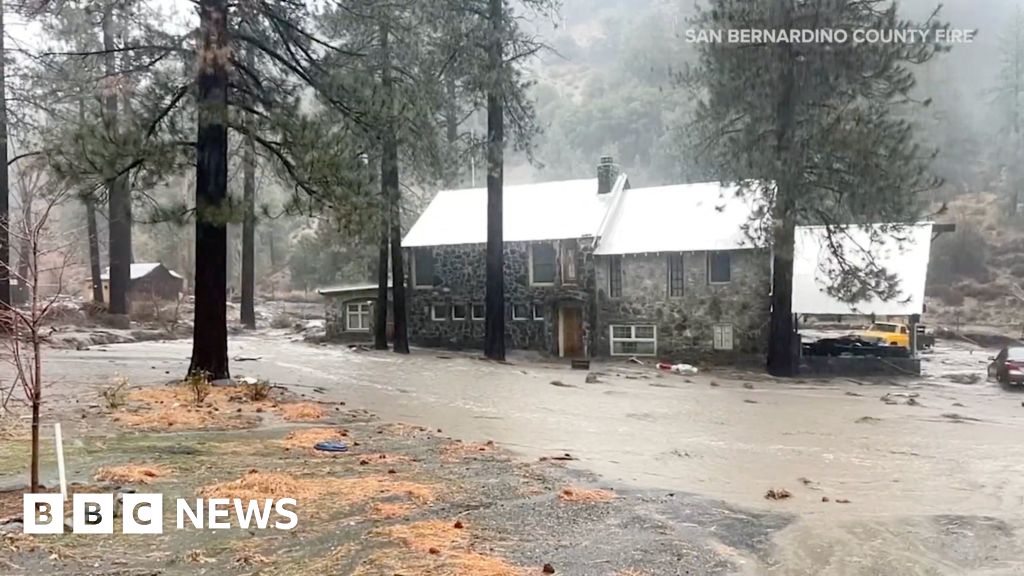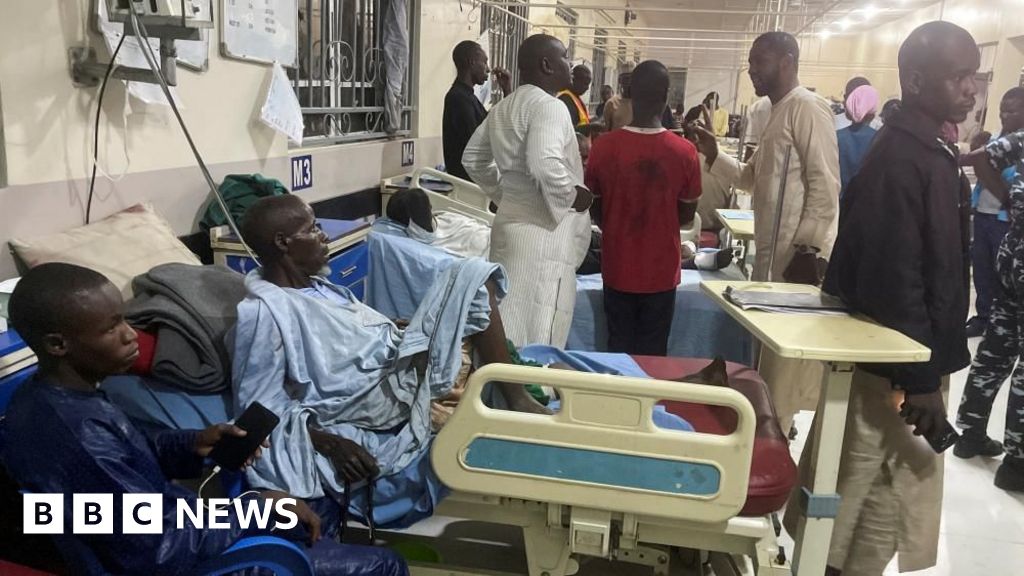image copyrightGetty Images
Parts of the Spanish capital Madrid are to be subject to lockdown restrictions to curb a rise in Covid-19, as cases across Europe continue to spike.
From Monday, more than 850,000 people in the Madrid region will face limits on travel and sizes of groups.
Spain has the highest number of coronavirus cases in Europe, and Madrid is again the worst-hit region.
Many northern hemisphere countries are now bracing for a second wave of the pandemic as winter approaches.
France recorded its highest number of new confirmed daily cases since the pandemic began, at 13,215 – a jump of nearly 3,000 more cases in 24 hours. Several cities, including Marseille and Nice, are bringing in tighter restrictions.
Prime Minister Boris Johnson warned a second wave was now “inevitable”. Large parts of the north of England are now subject to great lockdown measures.
- Indoor restaurant dining is to be banned in the Irish capital Dublin, and all non-essential travel discouraged, after a surge in recent cases.
- Denmark is lowering public gathering numbers from 100 to 50 and ordering bars and restaurants to close early
- Entertainment venues and pubs in the Icelandic capital Reykjavik have been ordered to close over the weekend.
What’s happening in Madrid?
Spain now has 625,651 cases, according to Johns Hopkins University and rates of infection in the Madrid region are more than double the national average, the Spanish government says.
From Monday, 37 of the worst hit health districts in the region will be subject to lockdown restrictions.
Residents will only be able to leave their zone to go to work, school or to seek medical care. Social gatherings will be limited to six, public parks will be closed and commercial businesses will need to close by 22:00.
“There are 37 basic areas where the incidence is very high, over 1,000 for every 100,000 people in the last 14 days, ” said Madrid regional government chief Isabel Diaz Ayuso.
“These areas have particularly high population density and connectivity. We need above all measures to ensure that quarantines are observed.”
The areas affected are in some of Madrid’s poorer districts and, Reuters reports, residents there are feeling abandoned, stigmatised and fearful that the new restrictions will deprive them of income.
One retiree in Vallecas, a southern district with a lower average income, higher immigrant population and one of the highest infection rates in Madrid, told Reuters the health system was paralysed there.
“They have us out here waiting, crowded, queues everywhere,” Mari Paz Gonzalez said. “We are abandoned… They left us in the hands of God.”
A fifth of beds in local hospitals are reportedly taken up by Covid-19 patients.
Spain was among the worst hit European countries in the first wave of infections, and has lost more than 30,000 lives.
You might also be interested in:































